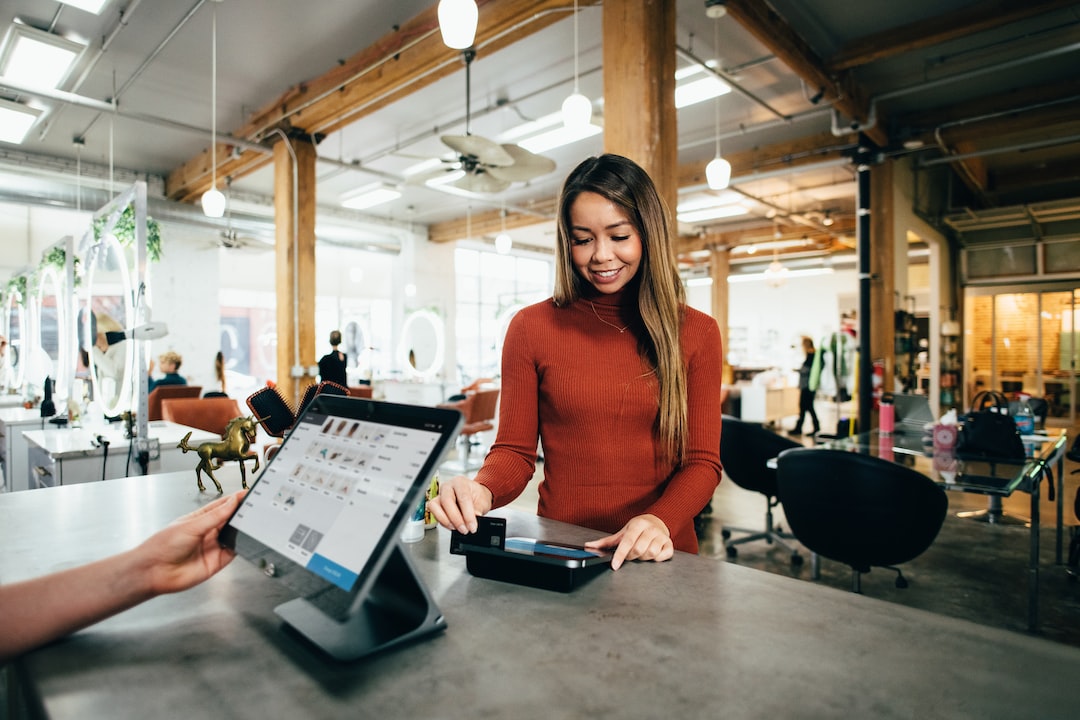The Role of Technology in Enhancing the Retail Experience
Technology has significantly transformed various aspects of our lives, including the way we shop. Traditional brick-and-mortar stores have had to adapt to the changing demands of consumers by integrating technology into their operations. This integration has not only enhanced the retail experience but has also revolutionized the way we approach shopping.
One of the most prominent ways technology has enhanced the retail experience is through the introduction of online shopping. E-commerce platforms have become increasingly popular, allowing consumers to browse and purchase products from the comfort of their own homes. This convenience has revolutionized the retail industry, making it possible for shoppers to access a wide variety of products at any time, regardless of their location. Furthermore, online shopping has eliminated the need for physical stores to hold extensive inventory, making the shopping experience more efficient and cost-effective.
In addition to online shopping, technology has also enhanced the in-store retail experience. One significant example of this is the implementation of self-checkout systems in supermarkets and retail stores. These systems allow customers to scan and pay for their items themselves, eliminating the need to wait in long checkout queues. This not only saves time but also reduces the stress associated with the traditional checkout process. Self-checkout systems have become increasingly popular, as they offer a convenient and efficient way for customers to complete their purchases.
Moreover, technology has played a crucial role in enhancing customer service in the retail industry. With the rise of chatbots and virtual assistants, customers can now receive real-time assistance without the need for human interaction. These computer programs can address frequently asked questions, provide product recommendations, and even handle complaints. With the introduction of artificial intelligence, chatbots have become more sophisticated and capable of providing personalized and interactive customer service. This technology not only saves time for customers but also enables retailers to cater to a larger customer base.
Furthermore, technology has also transformed the retail experience through the use of interactive displays and augmented reality (AR). Interactive displays allow customers to browse products, compare prices, and gather information with a simple touch. This immersive experience enables customers to make informed decisions and enhances their shopping experience. AR technology takes this a step further by allowing customers to virtually try on clothes, test out products, or visualize how furniture would look in their homes. By integrating technology into the retail space, customers can now have a more engaging and interactive experience.
Another area where technology has significantly enhanced the retail experience is through personalized marketing and targeted advertisements. With the abundance of data available, retailers can now gather information about customers’ preferences, purchase history, and demographics. This data allows them to tailor their marketing campaigns to specific individuals or groups, increasing the likelihood of a successful sale. By sending targeted advertisements via email or social media, retailers can effectively reach their target audience and generate higher conversion rates. This personalized approach not only benefits the retailer but also enhances the shopping experience for customers, as they are presented with relevant and engaging content.
Overall, technology has played a pivotal role in enhancing the retail experience. From online shopping to self-checkout systems, interactive displays to personalized marketing, technology has revolutionized the way we shop. These advancements have not only increased convenience and efficiency but have also transformed the customer experience, making it more personalized, interactive, and engaging. As technology continues to evolve, it will undoubtedly continue to shape the future of retail, providing further enhancements to the overall shopping experience.
